Popular on Food52
Continue After Advertisement
16 Comments
Smaug
January 15, 2022
I've tried similar recipes that worked pretty well, all containing rather alarming amounts of fat. I've no doubt that this will work pretty well too, but I would like to point out that there's nothing really difficult about making a traditional puff pastry; it takes a while, but not really a lot of active time; I'd say that it's no more difficult than making a standard pie crust.
Corj
February 26, 2018
This is the same technique I used to make kouign amann and it worked wonderfully well
Sally G.
April 9, 2015
What size rectangle of dough do you start with and when a recipe calls for a sheet of pastry, how large is the sheet?
AnneD
December 18, 2014
Although I was trained to make pate feuilletee' using the classical French method, this method is so much simpler and so, sooooo good! Truly. Sure, I buy the frozen sheets sometimes (okay, often), but this recipe is beyond wonderful. Do Not Hesitate to give it a whirl--if you've ever made an ordinary pie crust, you can do this and see amazing results.
Kim
January 22, 2014
I have made this several times. It is so easy and so delicious! Fantastic recipe and method. I am by no means a great cook or baker. Everyone should give this a try... you won't be disappointed!
Shuna L.
May 15, 2012
THIS IS STUNNING & EXCELLENT! Kudos Ashley! As always, you astound and educate, delight and amaze. xo
weshook
May 14, 2012
I always feel the same way when I slice into the finished croissant dough just before forming the croissants! this looks fantastic; now I'll have to look for a recipe calling for puff pastry.
Kitchen B.
May 11, 2012
Thank you. Thank you. Thank you. The dough looks wonderful as do the photos of it all baked and golden. Best friends!
Texas C.
May 11, 2012
This recipe sounds amazing! I do have one question though, how much dough does one recipe yield?
Panfusine
May 10, 2012
woah woah woah.. Thats IT?? unbelievably incredible!! thank you so much for this gem of a recipe!
Judy A.
May 10, 2012
Thanks for this very thoughtful approach to puff pastry. I'm a big fan of it since, as you said it's so easy and makes the final product shine. I haven't made the stuff since I got out of the baking business. But I'm having a huge dinner party and will use this for the dessert I'm making. Thanks again.
petitbleu
May 9, 2012
You can also make a quick puff pastry in the food processor as you might make a pie dough.
Benny
May 9, 2012
I make classic puff pastry all the time. I'm not known to take short cuts on anything, but I think I'll give this a try (for comparison's sake).
fiveandspice
May 9, 2012
This is awesome and so helpful Ashley! I've read through instructions for making puff pastry many times, but the step by step photos make it so much clearer. And you're right, it looks quite doable!
Yossy A.
May 9, 2012
I made rough-puff for the first time a few weeks ago and it is a total game changer for me. I had no idea it was so simple! Thanks Ashley for a great photo tutorial!
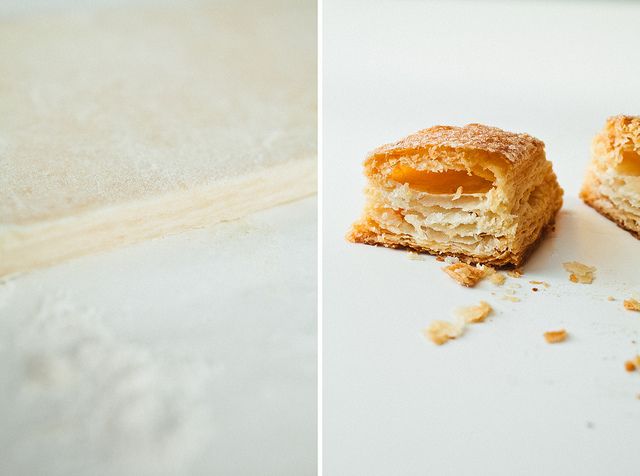
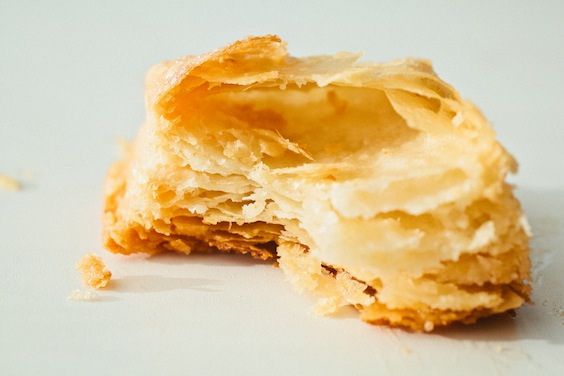

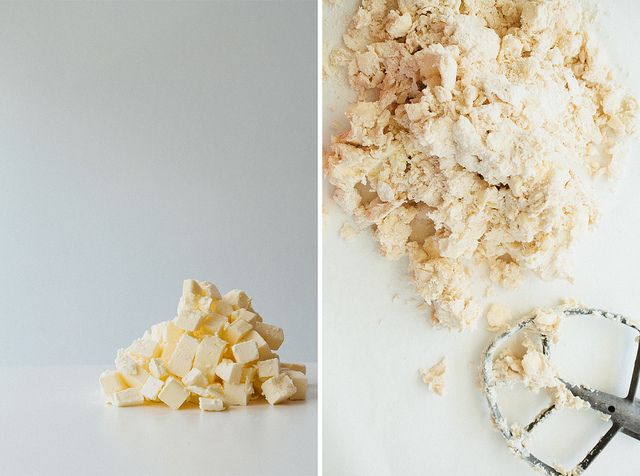
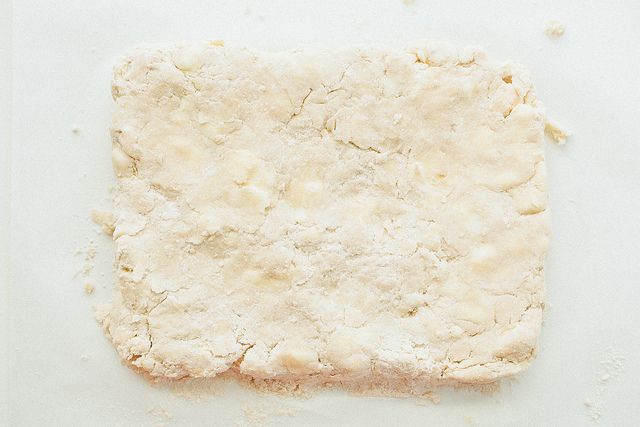

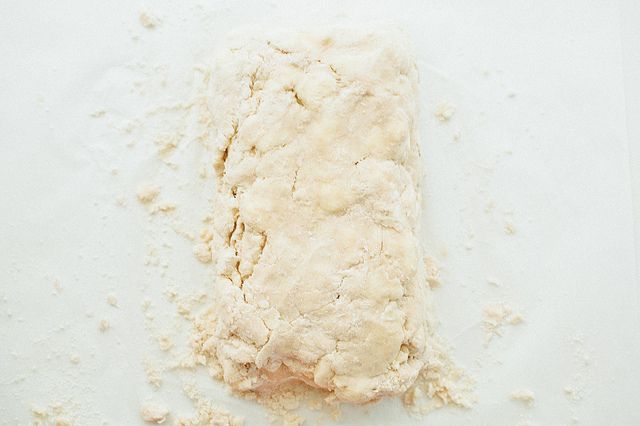
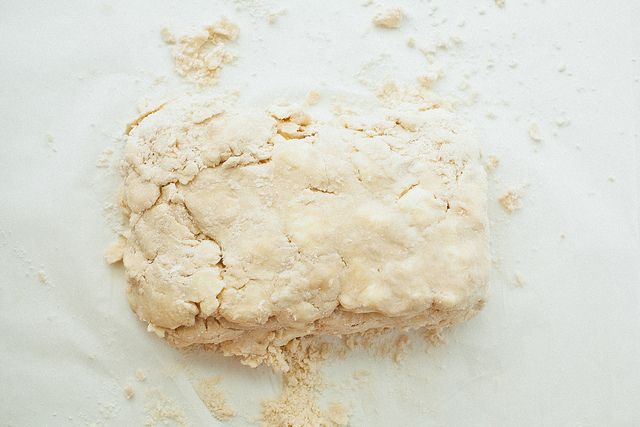
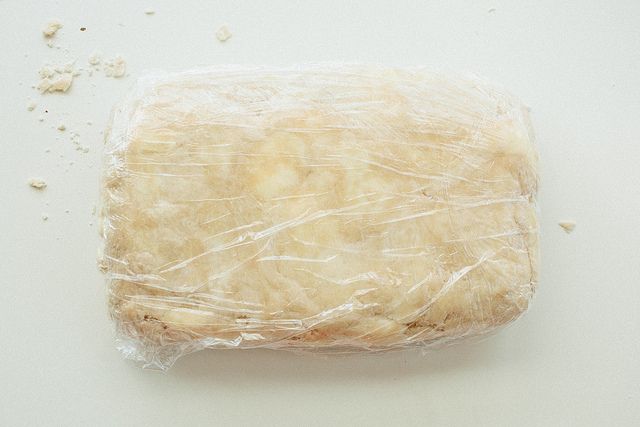
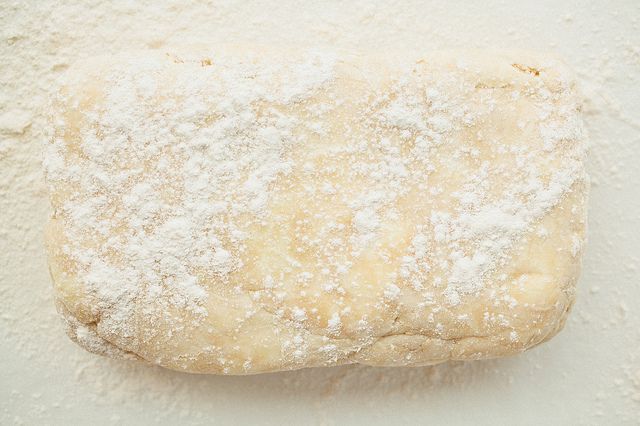
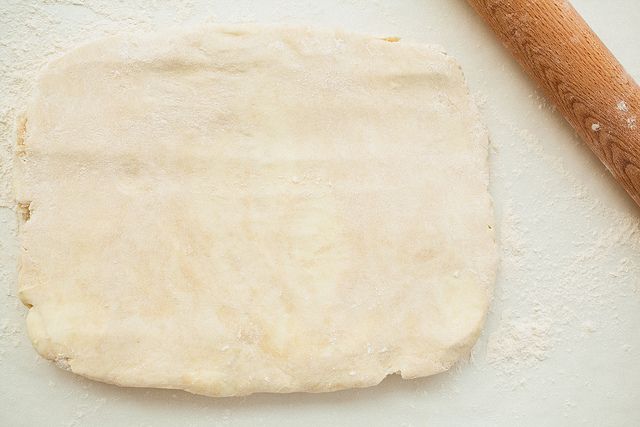

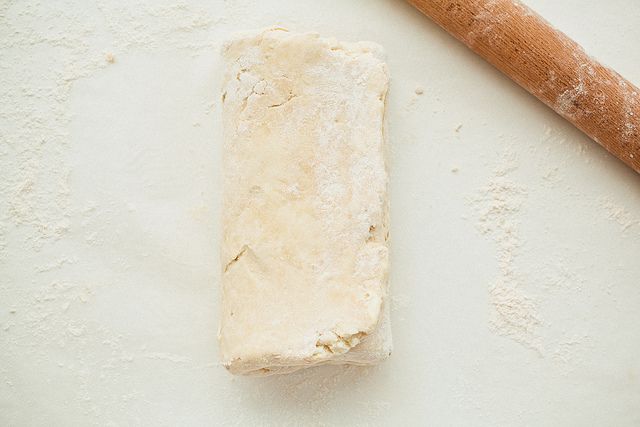

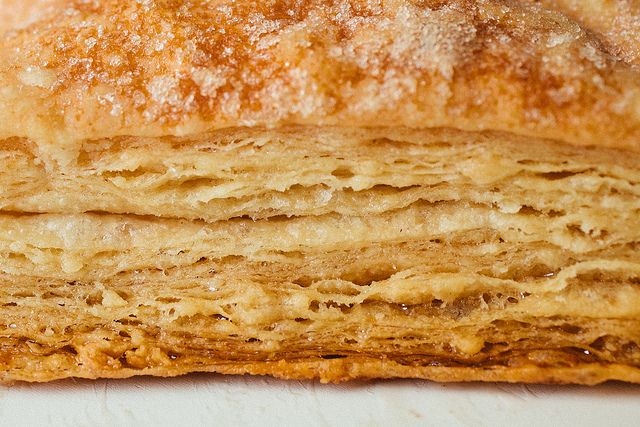

See what other Food52 readers are saying.